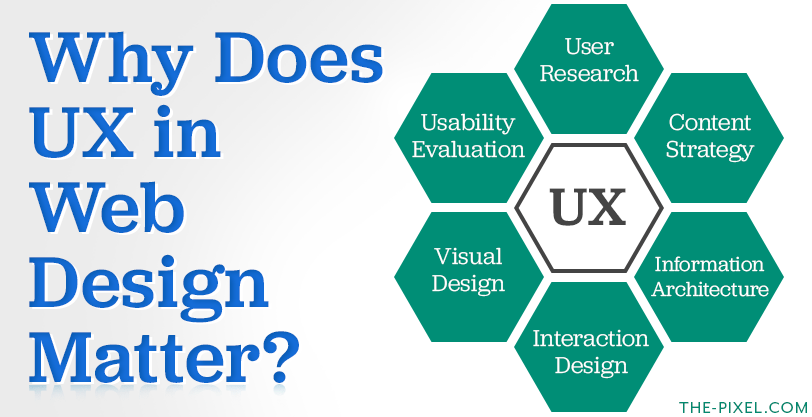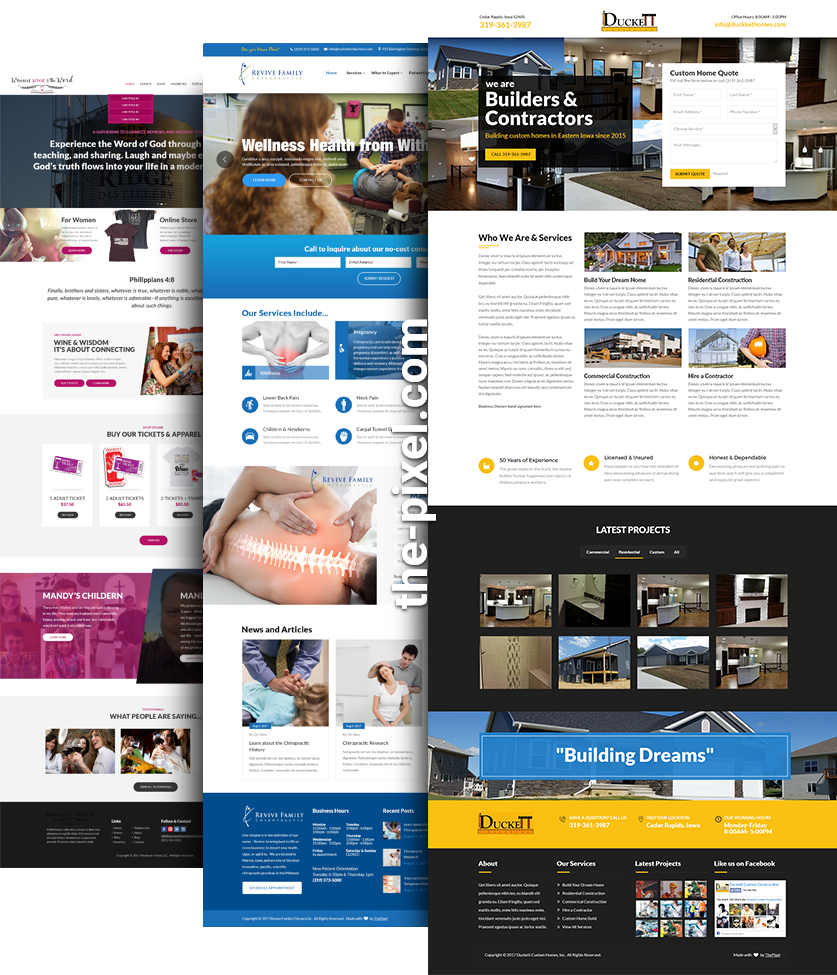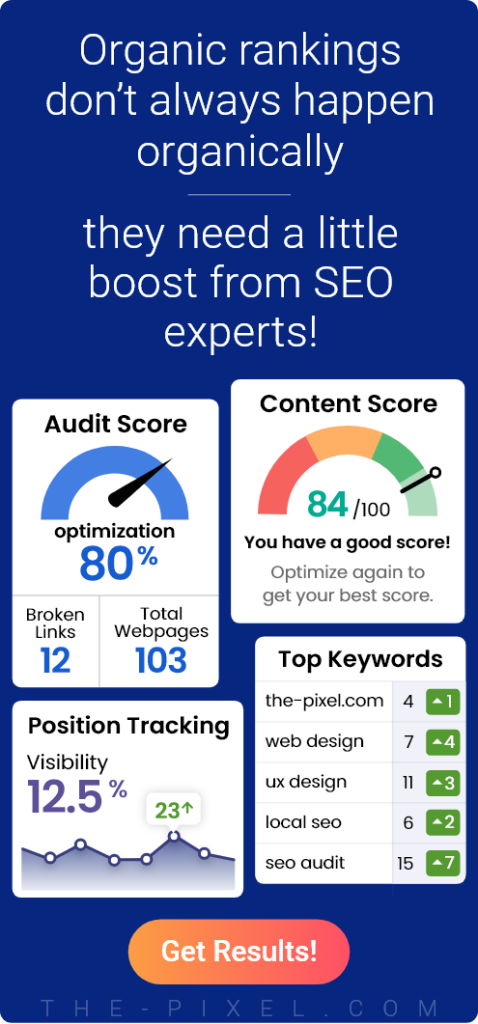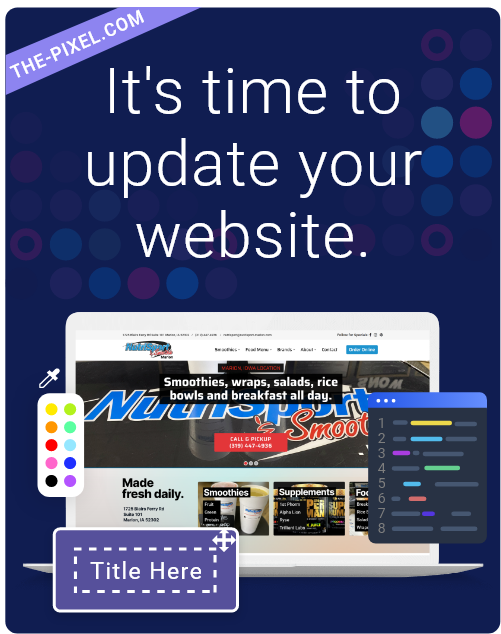Master the art of crafting websites that captivate and convert
Master the art of crafting websites that captivate and convert
Discover how visual hierarchy, colors, and layouts influence user behavior.
🧠 Understanding the Psychology Behind Web Design
A great website isn’t just visually appealing — it’s strategically designed to guide the user’s mind. Every color, font, button, and layout decision affects how people feel, what they focus on, and whether they take action.
At ThePixel, we believe web design is about creating emotional connections that lead to meaningful conversions. By understanding how users think, click, and decide, you can craft experiences that feel effortless, intuitive, and persuasive.
🎯 Why Psychology Matters in UX Design
Good design attracts attention. Great design earns trust. Psychology bridges the gap between art and functionality. When we understand how users process information, we can design pages that align with natural human behavior — helping them reach their goals faster (and yours too).
Some key psychological principles that guide effective UX design include:
- Cognitive Load: Simplify decision-making by reducing clutter and offering clear next steps.
- Visual Hierarchy: Use size, contrast, and positioning to guide the user’s eye to what matters most.
- Fitts’ Law: The closer and larger an interactive element (like a button), the easier it is to click.
- Hick’s Law: The fewer choices you offer, the faster users decide — improving conversions.

🎨 Visual Hierarchy: Directing the User’s Eye
Your users don’t read a website like a book — they scan it. A well-structured visual hierarchy helps their eyes find what’s most important instantly.
At ThePixel, we use design techniques like:
- Bold headlines and contrasting CTAs to highlight key messages.
- Whitespace to reduce visual noise and improve focus.
- Consistent alignment and grid systems to build structure and rhythm.
A clear hierarchy subconsciously tells visitors, “Start here. Look next. Click now.” That’s how you turn passive visitors into engaged users — and engaged users into loyal customers.
🌈 The Role of Color Psychology in Web Design
Color is one of the most powerful tools in a designer’s toolkit. It influences perception, triggers emotion, and shapes brand identity.
Here’s how color psychology impacts web engagement:
| Color | Emotional Response | Common Use |
|---|---|---|
| Trust, reliability, calm | Banks, healthcare, tech | |
| Red | Energy, urgency, excitement | Sales, food, entertainment |
| Green | Growth, balance, peace | Eco brands, wellness, finance |
| Orange | Warmth, confidence, enthusiasm | Retail, sports, startups |
| Black/Gray | Luxury, power, sophistication | High-end brands, minimal designs |
Using the right color palette reinforces your brand personality while guiding emotional response. The goal is not to overwhelm — it’s to create a feeling that supports the message.
🧭 Layout & User Flow: Designing for the Human Brain
A successful layout does more than look pretty — it helps users move effortlessly through your site. Humans crave order. When layouts follow natural reading patterns (like the F-pattern or Z-pattern), they feel more intuitive.
Best practices we apply at ThePixel include:
- Keeping navigation simple and predictable
- Placing key actions above the fold
- Using visual anchors (icons, arrows, color blocks) to draw attention
- Ensuring mobile-first design so every experience feels smooth on any device
When a layout “feels right,” users don’t have to think — they simply act.
💬 The Power of Emotion in Conversion Optimization
People don’t convert because of logic alone — they convert because of emotion. A well-crafted user experience builds trust, confidence, and connection long before the user ever clicks “Buy Now” or “Request a Quote.”
Here’s how emotional design boosts conversions:
- Relatability: Human-centered copy and imagery make your brand approachable.
- Confidence: Clear CTAs and testimonials reduce hesitation.
- Delight: Small animations, hover effects, and micro-interactions create memorable experiences.
When users feel understood, they take action — and that’s where design psychology pays off.
📈 Data + Design = Conversions That Matter
The best web designs are data-informed and user-tested. At ThePixel, we blend analytics with design intuition to continually refine user flows and optimize conversion points.
We study:
- Heatmaps and click patterns
- Form abandonment rates
- Scroll depth and engagement
- CTA performance and A/B test results
By understanding how users behave in real time, we refine designs that not only look good but perform exceptionally well.
🚀 Designing with Purpose: Turning Insights into Action
Design psychology is about empathy — anticipating what users need before they realize it themselves. When your design supports human behavior, you build credibility, satisfaction, and measurable business growth.
At ThePixel, every pixel serves a purpose. From the first impression to the final click, we craft experiences that balance visual beauty with strategic intention — helping your business attract, engage, and convert.

💡 Final Takeaway
Great web design isn’t accidental — it’s psychological. When you design with the human brain in mind, you transform casual visitors into active, confident customers.
🔗 Let’s Create a Website That Converts
Ready to elevate your website’s performance through strategic, psychology-driven design?
👉 Contact ThePixel to discuss how we can craft a user experience that drives engagement and measurable results.

